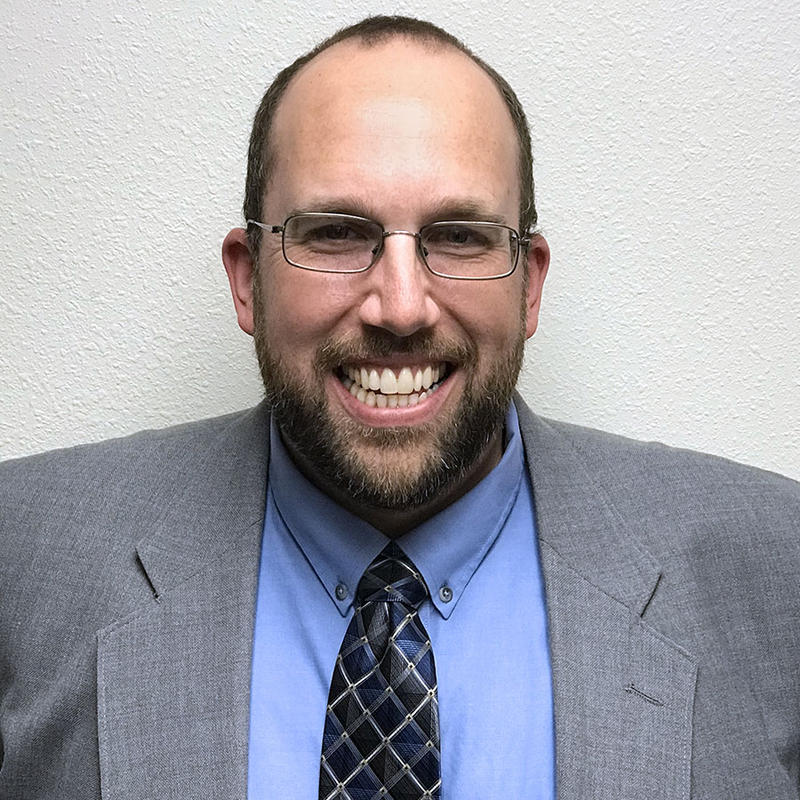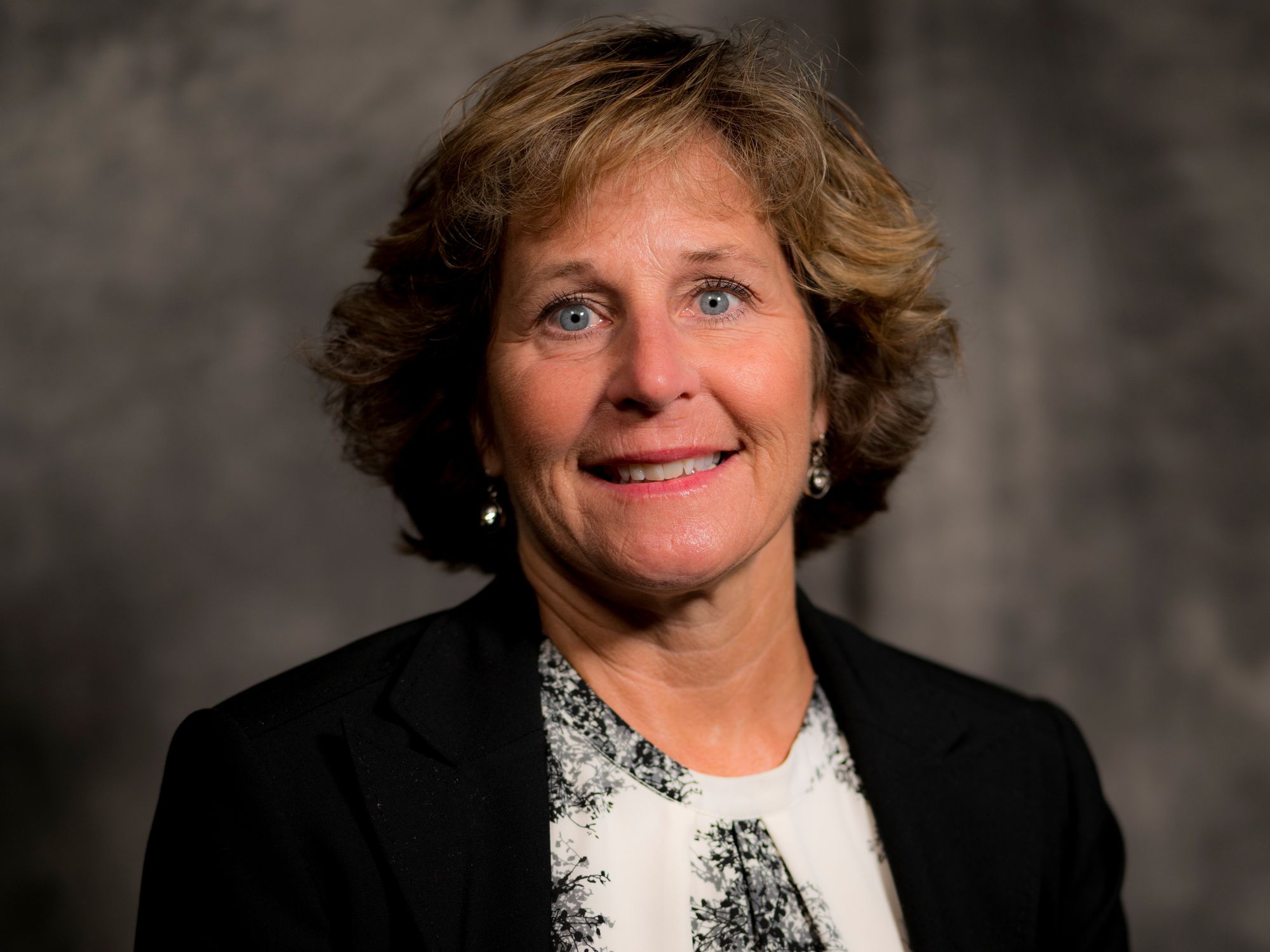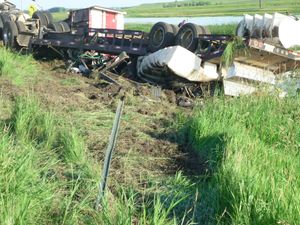South Dakota parents, educators and health officials are facing a four-year gap in data about risky youth behaviors related to drinking and drug use, sexual activity and eating habits.
The lack of information about what young people are actually doing can impair efforts at the state and local levels to prevent dangerous or unhealthful behaviors. Inadequate data limits the ability of the state, school districts and community groups to seek grants or spend money wisely on programs to reduce risky behaviors.
The data gap emerged in 2017 after South Dakota lawmakers three years earlier strengthened rules requiring written parental consent for children to take surveys at school.
The reduced participation means that for the first time in nearly 30 years, data collected from the anonymous Youth Risk Behavior Surveys taken by South Dakota high school students was not considered valid owing to low participation rates among schools. By not achieving statistical validity, or “weighted status,” the data collected becomes useless because it is not shared with the state and cannot be generalized to the entire state population of young people.
The 2017 failure means the data on youth behaviors was last considered valid four years ago, in 2015.
Since 1991, the data from the YRBS has helped guide South Dakota government agencies, policymakers and community-service organizations to make informed decisions about how and where to spend money on programs to help keep youths safe and healthy. Administered in odd-numbered years, the survey asks questions related to smoking, drinking and drug use, sexual behaviors and dining habits, and provides data on youth behaviors that can lead to early mortality, increase the risk of addictions or prevent success in school and later in life.
The survey is administered by state agencies on behalf of the federal Centers for Disease Control and Prevention, which pays for the testing. The CDC then aggregates the data and publishes a wide range of reports and fact sheets related to youth behaviors on a national and state basis.
But in 2017, not enough students participated in the survey in South Dakota, creating a now four-year gap in useful data about emerging trends such as vaping, the use of methamphetamines or opioids, binge drinking, lack of exercise and overconsumption of sugary drinks.
The data gap has raised concerns among health officials and social-service groups that prevention and education efforts may be less effective because of outdated information on youth behaviors.
As an anonymous, self-reported survey, the YRBS provides a unique view into youth behaviors and is especially useful in tracking trends in risky behaviors over time, said South Dakota Epidemiologist Joshua Clayton.
“It is a key data set for us,” Clayton said.

Roland Loudenburg, senior research scientist with the data compilation firm Mountain Plains Evaluation in Salem, S.D., said the data gap “prevents identification of any emerging trends of changes in student health and substance-use risk behaviors.”
Loudenburg, whose firm compiles data and trendlines on health behaviors for clients that include the state of South Dakota, said the lack of valid data on youths makes it hard for state and federal governments and agencies to track trends on drug use, suicide and emerging health concerns such as use of vaping devices by young people.
“Most critical in my mind is it does not provide us a scientifically valid picture of student risk behaviors and limits the ability to address these behaviors through prevention efforts before irreversible consequences occur in some students’ lives,” Loudenburg wrote to News Watch in an email.
To prevent the data gap from growing to six years, the state Health Department has undertaken an aggressive effort to improve participation on the YRBS in 2019.
A new Health Department staff member, YRBS Coordinator Virginia Peterson, began working on test preparation and school preparedness several months earlier than usual. Furthermore, the testing period was moved from its typical date in the spring to a date in the fall when school districts tend to be less busy and less focused on wrapping up the school year.
The state has also delivered the testing materials further in advance than in the past to give schools more time to prepare and, if necessary, expedite the process of gaining parental permission for students to take the test, said Joan Adam, director of the Division of Administration for the Health Department, which oversees data and statistics.
“She [Peterson] is hand-holding as best she can, telling them we will provide them the assistance they need to make this as easy as possible,” Adam said. “We have fingers crossed, working very hard so that we get this all back on track for 2019.”
Survey questions focus on six risky behavior categories
Here is a look at the six main behavior categories that students are asked about on the annual Youth Risk Behavior Survey paid for by the Centers for Disease Control and Prevention and instituted at state high schools by the South Dakota Department of Health.
- Behaviors that contribute to unintentional injuries and violence.
- Sexual behaviors that contribute to unintended pregnancy and sexually transmitted diseases, including HIV.
- Alcohol and drug use.
- Tobacco use.
- Dietary behaviors.
- Levels of physical activity.
Higher threshold for parental permission
The YRBS is a voluntary, anonymous survey given to students in grades 9-12 at 25 schools in each state selected at random by the CDC (for privacy purposes, the list of schools selected for testing is kept confidential).
From 1991 to 2011, the South Dakota Department of Education administered the survey; in 2013, the state Department of Health assumed testing duties.
The test given to students in grades 9-12 covers six topic areas deemed critical to understanding and preventing dangers to youth health and safety as well as identifying barriers to academic success. According to the state health department website, the six areas are:
- Behaviors that contribute to unintentional injuries and violence.
- Sexual behaviors that contribute to unintended pregnancy and sexually transmitted diseases, including HIV.
- Alcohol and drug use.
- Tobacco use.
- Dietary behaviors.
- Levels of physical activity.
School districts are asked to provide the tests to a random group of students whose parents are then alerted and asked to give permission for their child to take the test.
In order for the results to be considered weighted, the overall response rate within a state must be 60% or higher. If weighted status is not achieved, the data from the state is not counted in national statistics compiled by the CDC, and the state does not receive a report of student responses from the CDC.
The response rate in South Dakota was 75% in 2013 and 67% in 2015; the state is not told the response rate if weighted status is not achieved.
State officials cannot say with certainty why South Dakota did not obtain weighted survey results for the first time in 2017.
Adam said the primary cause is probably that school districts are undergoing “survey burnout” because they are asked by numerous agencies and groups to conduct student surveys on their behalf.
Adam also noted that a shift had occurred in some school districts in regard to how or whether parents provide permission for their students to take a survey involving such sensitive personal questions.
Schools have two ways to get parental permission, and the distinction has become important in survey-participation rates.
With what is known as “opt-in” consent, students cannot take surveys unless a parent has signed a form allowing participation. With “opt-out” consent, the student may participate unless a parent has signed a form refusing participation, in a type of implied consent.
Invariably, participation is higher in an “opt-out” scenario, which is no longer in place at many South Dakota school districts, including Sioux Falls.
The consent situation changed after the state Legislature in 2014 tightened the rules on obtaining parental consent for student surveys that probed into certain personal or familial behaviors. The debate at the time came largely in response to new federal education standards that were opposed by some lawmakers as intrusive. Those lawmakers said they wanted to make it harder for the federal government to obtain or share sensitive information on South Dakota students and their families, and it required written parental consent for survey data to be collected.
“We’ve got to have parental control to prevent certain questions that need not be asked; that’s a private matter with the parents and the kids,” state Sen. Ernie Otten, R-Tea, sponsor of the survey-consent bill, said during committee debate on the 2014 legislation. “There’s nothing nefarious in it in my view, it’s just to protect our children as much as we can in this brave new world that we’re in.”
Adam said that legislative language addressed only mandatory youth surveys and did not directly affect the YRBS since it is voluntary, but some school districts do not distinguish between voluntary and mandatory surveys, and as a result have moved solely to an “opt-in” consent method because of the legislation.

“That information is valuable to our counselors, and our mental health agencies across the community can use that, so it is very valuable information about trends and what is changing among students." – Teresa Boysen, assistant superintendent of academic achievement for the Sioux Falls schools
Such is the case in the Sioux Falls School District, where parents sign a blanket permission form at the beginning of each school year designating whether their child is permitted to take any surveys during the school year, said Teresa Boysen, assistant superintendent of academic achievement for the district.
Boysen said that “opt-in” consent has likely reduced the number of students who are allowed to be surveyed. If, for example, half of parents checked the box not to allow surveys of their child, the pool of potential participants on the YRBS would be halved, and reaching a 60 percent threshold would become almost impossible for the district.
“If I have 50 percent that cannot participate because they have not opted in, we’re not going to achieve that level of participation no matter what,” Boysen said.
Boysen said the district plans to administer the YRBS this year and is hopeful a high participation rate can be obtained.
“That information is valuable to our counselors, and our mental health agencies across the community can use that, so it is very valuable information about trends and what is changing among students,” she said.
Katy Urban, spokeswoman for the Rapid City Area Schools system, said the district intends to participate in the YRBS this year and is hopeful that participation rates will rise.
A ‘very easy’ way to get information
Adam said the YRBS is among the best options to obtain quality data on student behaviors.
“This is a very easy, low-cost, low-impact way to get a good representation of the students of south Dakota,” she said.
Obtaining statistically weighted results allows the survey results to be generalized to all South Dakota students rather than only to those who took the survey.
Beyond that, however, obtaining weighted results every two years is critical to the CDC, the state and even local governments or community-service organizations that seek to understand what decisions and behaviors – both positive and negative – are part of the lives of youths in South Dakota and across the nation.
“You can’t impact public health if you don’t know what the issues are, where the issues are, and if you don’t know how many people have that issue,” said Adam.
The survey results are used by the CDC to track national and state trends, and by the state health department and school districts to monitor youth behaviors. The data can ultimately guide the spending of federal, state or local tax dollars on prevention or education programs to better target areas of concern, and increase the chances of improving the health and safety of youths.
The YRBS results are also used by civic, community and advocacy groups across South Dakota to support requests for grants or to obtain contracts to provide youth services. Writing grant proposals with outdated survey information can reduce the rate of success in funding youth programs.
“This information is so important, whether you’re writing for funding for a school district or if you’re a community member involved in an organization that wants to do good things for kids,” Adam said. “When you have a loss like that or a gap in data, that is challenging.”
Clayton, the state epidemiologist, said the state has other sources for information to track behavior trends among youth, including the National Survey on Drug Use and Health, the School Height and Weight Survey, the Youth Tobacco Survey and the Prescription Drug Monitoring Program.
Still, Clayton said tracking trends becomes more difficult when any data source indicating the true behaviors of young people is no longer available.
For example, Clayton said when it comes to abuse of prescription medications, the Health Department can use the state Prescription Drug Monitoring Program to get an idea of who has been prescribed opioids. But without YRBS data, it is more difficult to determine how many youths are abusing prescription drugs without a prescription, Clayton said.
“We don’t rely on one single source to make decisions,” Clayton said. “It’s like removing one of these pictures does leave a gap.”
— South Dakota News Watch reporter Nick Lowrey contributed to this report.





